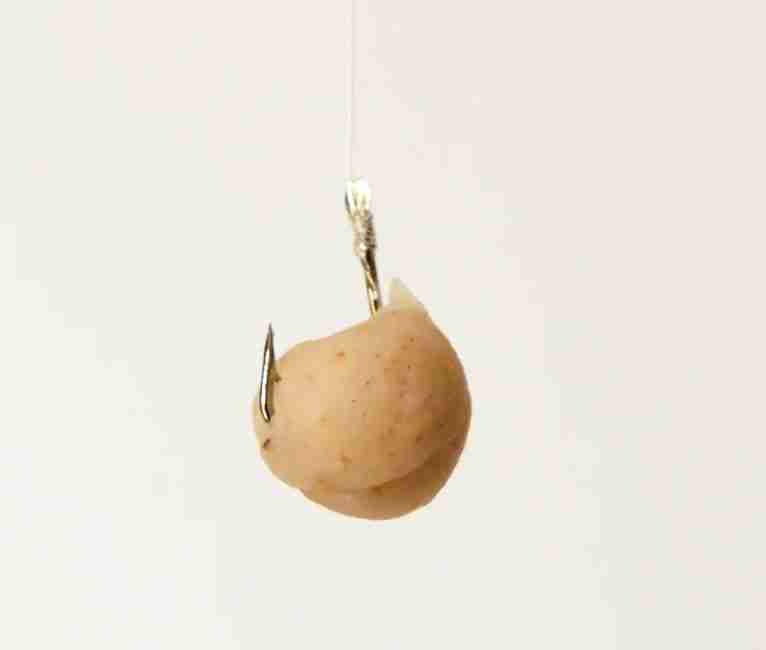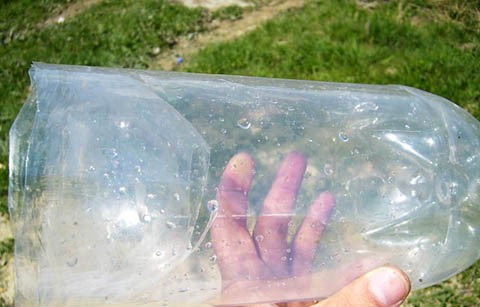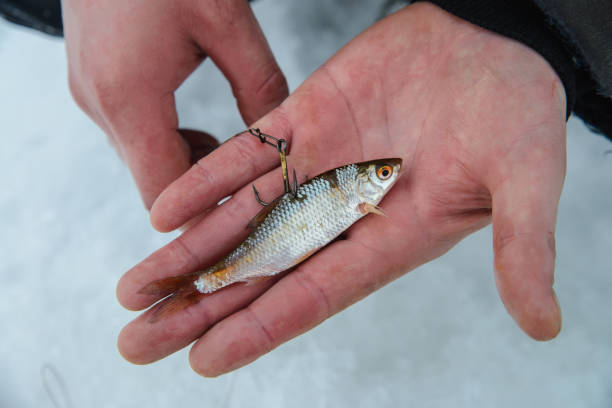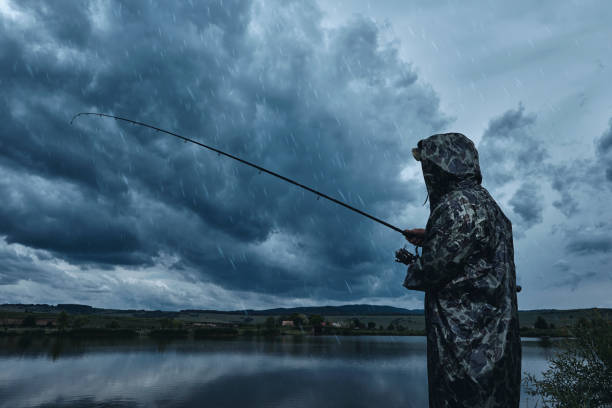
How to Fish Safely During Lightning or Storms

5 min read
You know that feeling when you’re out on the water, lines in, and suddenly the sky starts looking a little too dramatic? Yeah, we’ve all been there. One minute you’re enjoying a perfect fishing day, the next you’re watching dark clouds roll in faster than a bass hitting a topwater lure.
Here’s the thing—storms and lightning don’t care about your fishing plans. But that doesn’t mean you have to pack it in every time a cloud appears. Let me walk you through how to stay safe out there while still making the most of your time on the water.
Reading the Sky Like a Pro
Before we talk about what to do when lightning strikes (literally), let’s chat about prevention. The best storm safety starts hours before the first rumble of thunder.
Weather apps are great, but honestly? Your eyes and instincts are often better. Those towering cumulus clouds that look like cotton balls stacked to the heavens? They’re beautiful, sure, but they’re also nature’s way of saying “heads up.” When you see clouds building vertically instead of spreading horizontally, it’s time to start paying attention.
The old “30-30 rule” isn’t just something your grandfather made up. If you can count less than 30 seconds between lightning and thunder, you’re in the danger zone. Thunder travels at about 1,100 feet per second, so every five seconds equals roughly one mile. Do the math—if you’re counting less than 30, that lightning is within six miles of you.
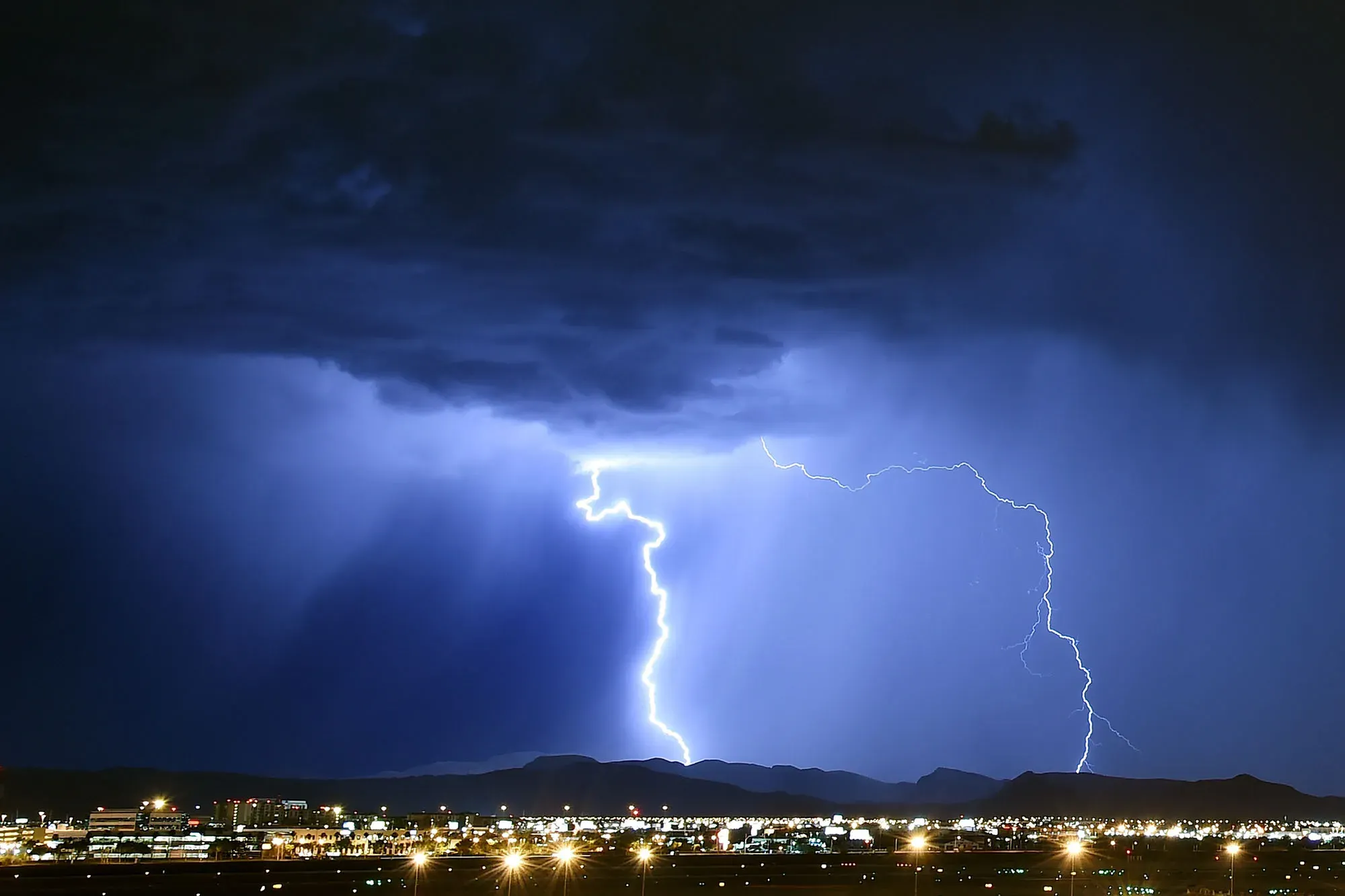
When Thunder Rolls: Your Game Plan
So you’re out there, maybe having the best fishing day of your season, and you hear that first distant rumble. What now?
First, don’t panic. But also don’t ignore it. Lightning can strike up to 10 miles away from the storm center—way farther than most people realize. That “distant” thunder might not be as distant as you think.
If you’re in a boat, your priority is getting to shore. I don’t care if the fish are biting like crazy or if you just found the honey hole you’ve been searching for all season. No fish is worth your life, period.
Here’s what makes this tricky: metal. Your boat, your rods, your tackle box—they’re all potential lightning rods. Carbon fiber and graphite rods might not conduct electricity like aluminum, but they’re still not something you want to be holding during a lightning storm.
The Shore Strategy
Let’s say you made it to shore, but the storm isn’t done with you yet. Now what?
Find shelter, but not just any shelter. That big oak tree might look inviting, but trees are lightning magnets. You want a substantial building or a hard-topped vehicle. Your truck counts; your buddy’s convertible doesn’t.
If you’re stuck in the open—and I mean really stuck with no other options—the crouch position is your best bet. Feet together, crouched down, hands on knees. You’re trying to make yourself as small as possible while minimizing ground contact. It’s not comfortable, but it’s better than standing tall like a human lightning rod.
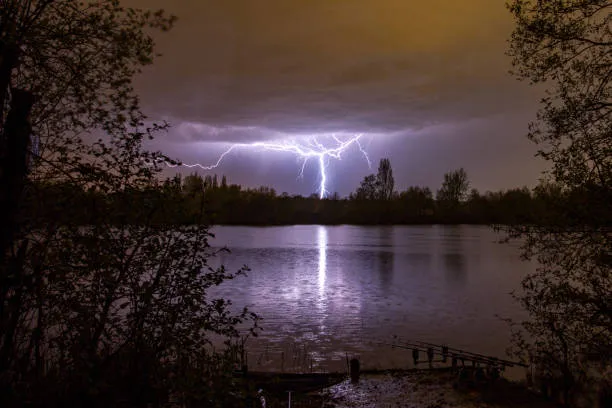
The Waiting Game
Honestly, the hardest part about storm safety isn’t knowing what to do—it’s having the patience to wait it out. Lightning can continue for 30 minutes or more after the last rumble of thunder. Yeah, I know. That prime fishing time is slipping away while you’re sitting there.
But here’s something interesting: some of the best fishing happens right after a storm passes. The barometric pressure changes, the water gets oxygenated, and fish often go on a feeding spree. So think of that waiting time as building anticipation for what’s coming next.
Use the time to reorganize your tackle, check your gear, or just enjoy the show. There’s something humbling about watching nature’s power display from a safe distance.
Gear Considerations
Let’s talk equipment for a minute. Your gear choices can actually impact your safety during storms.
Fiberglass rods are generally safer than graphite in lightning conditions, though neither is ideal when Thor’s throwing his tantrums. Some guides I know keep an old fiberglass setup specifically for questionable weather days.
Your electronics deserve special mention too. That expensive fish finder or GPS unit? Lightning doesn’t discriminate based on price tags. If you’re caught in a storm, consider disconnecting non-essential electronics. Better to lose a day’s fishing data than a thousand-dollar unit.
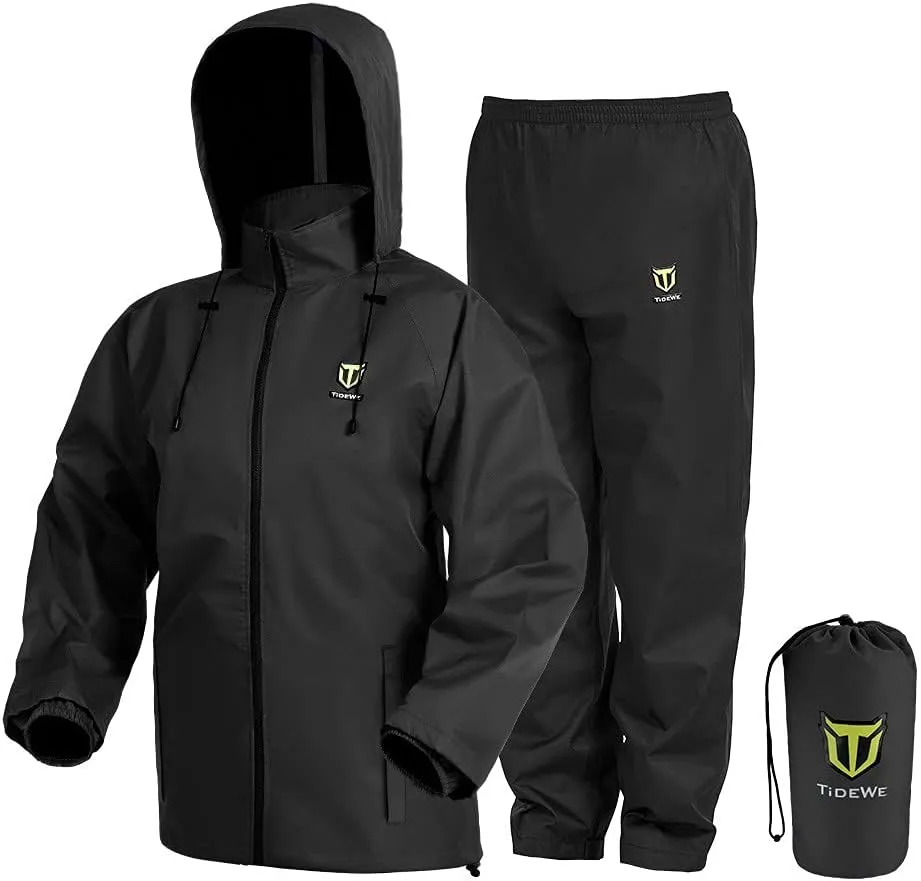
When the Storm Passes
The all-clear isn’t just when the rain stops. Wait at least 30 minutes after the last thunder before heading back out. I know it feels excessive, but lightning can strike from seemingly clear skies if storm cells are still in the area.
When you do venture back out, be extra cautious. Wet surfaces are slippery, visibility might still be poor, and your adrenaline might be higher than usual. Take your time getting back to your spots.
The Real Talk
Look, I’ve been fishing for decades, and I’ve seen guys take stupid risks for the sake of a few more casts. I’ve also seen the aftermath of lightning strikes—it’s not something you want to mess with.
The truth is, respecting storms doesn’t make you a fair-weather angler. It makes you a smart one. The fish will still be there tomorrow, but you need to be there to catch them.
Remember, lightning doesn’t have to hit you directly to cause serious harm. Ground strikes can conduct electricity through water and wet surfaces for significant distances. It’s just not worth the risk.
Final Thoughts
Storm safety isn’t about being scared of every cloud—it’s about being smart enough to recognize real danger when it presents itself. Keep an eye on the weather, trust your instincts, and don’t let pride override common sense.
The best fishing stories aren’t about the ones that got away or the trophy catches. They’re about all the great days you lived to fish another day. Stay safe out there, and tight lines when the weather clears.
